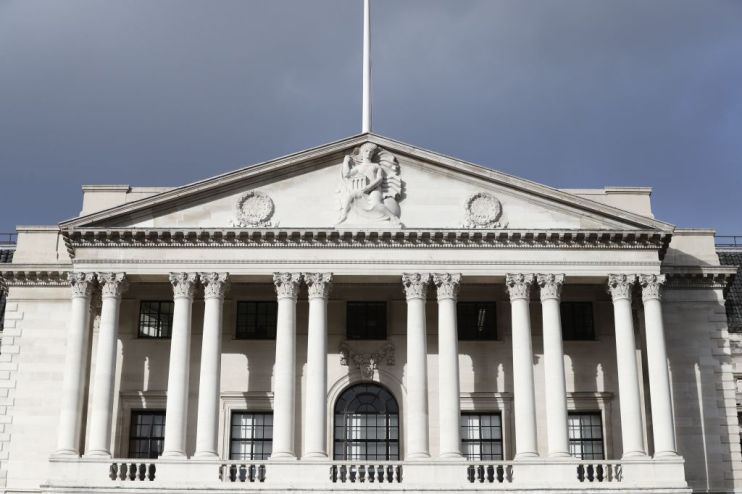Bank of England weighs pros and cons of central bank digital currencies

The Bank of England has asked for people’s views on the creation of a central bank digital currency (CBDC) as it weighs the pros and cons of launching its own.
Governor Mark Carney said in a discussion paper published today that although “the creation of a CBDC poses a number of opportunities, it could raise significant challenges for maintaining monetary and financial stability”.
A CBDC would give people and businesses a new form of money issued by a central bank – making it completely safe – that would create a new way to make payments. Currently, the public can only hold central-bank issued money in the form of coins and notes.
CBDCs differ from digital cash, which is just an electronic representation of physical money. A central bank currency would be a complete replacement for notes and coins, although the two could be convertible.
The BoE is unsure exactly what the design of the CBDC would be, should it go ahead. That is why it has asked for public engagement on the topic, it said today.
The threat of private digital currencies, such as Facebook’s libra, has prompted central banks to think hard about whether they will launch their own currencies.
Several central banks – including those of Sweden and China – are working on their own CBDCs.
Carney said a CBDC for the UK “could support a more resilient payments landscape”. He added: “It also has the potential to allow households and businesses to make fast, efficient and reliable payments, and to benefit from an innovative, competitive and inclusive payment system.”
The Bank has said that a CBDC would not make existing payment systems redundant, although they may become so in the very long term. Its staff think there is no reason two payments systems could not operate alongside each other.
Among the drawbacks of a digital currency are that it could lead to financial disruption if everyone switched from one system to the other, the Bank’s discussion paper said.
Carney said the CBDC “would need to be very carefully designed if it were to be introduced”.
The Bank requested written responses from people with thoughts about the idea by 12 June.